What is ray tracing? The GPU technology explained
Everything you need to know about ray tracing
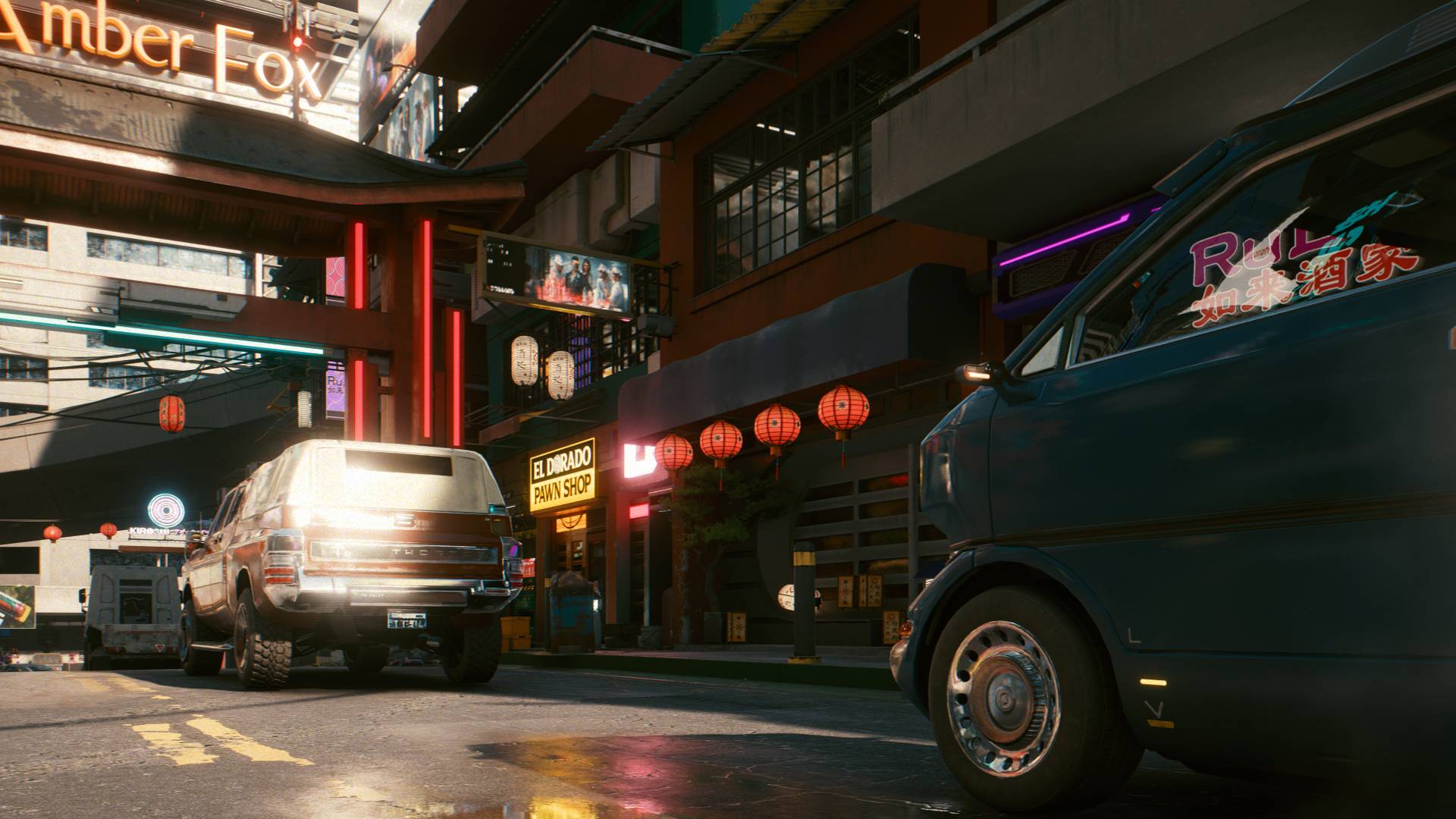
If you're eyeing up a new graphics card for your build, then you've probably wondered what ray tracing is.
It's been around seven years since the real-time lightning rendering technique first debuted on PC, with the last four AMD and Nvidia graphics card generations being sold off the back of their prowess.
Even consoles like the Xbox Series X and PS5 can do it, but what is ray tracing? More importantly, should you enable it?
We'll be delving deep into the mechanics of ray tracing, the technology required to do it properly, the kinds of performance impact that it can have, its reliance on AI-powered upscaling models (including Frame Generation), and the games that support it.
We've steadily seen software adapted for the tech, with some of the new PC games now forcing ray tracing on by default, so it's something that's here to stay, as the early adoption process is well and truly passed.
The good news is that you won't necessarily need one of the best graphics cards from AMD, Intel, or Nvidia to take advantage, though.

What is ray tracing?
Ray tracing is a real-time lighting technique that sees your computer's graphics card realistically trace rays of light using a specifically dialled algorithm that mimics how light sources would genuinely interact with objects and the environment in a game's world.
It's something of an umbrella term with regards to its gaming/rendering applications, as the tech is often used to describe soft shadows, ambient occlusion, global illumination, depth of field, and chromatic aberration alongside the likes of real-time reflections and refraction.
You can think of ray tracing as an extension of a game's virtual camera, as the light rays are drawn from this primary source and then are algorithmically bounced off an object (or series of objects), which creates shadows, reflections, and refractions.
With more light rays being drawn comes a more life-like (or accurate) image at the cost of increased strain on the hardware.
Path tracing is a form of ray tracing which, true to its namesake, traces entire paths of light instead of the individual light rays, making for a more sophisticated and realistic image.
It boils down to ray casting, which is the process of the light ray being cast to an object, and then the algorithm (written for each game/software) decides which pixel to color appropriately.
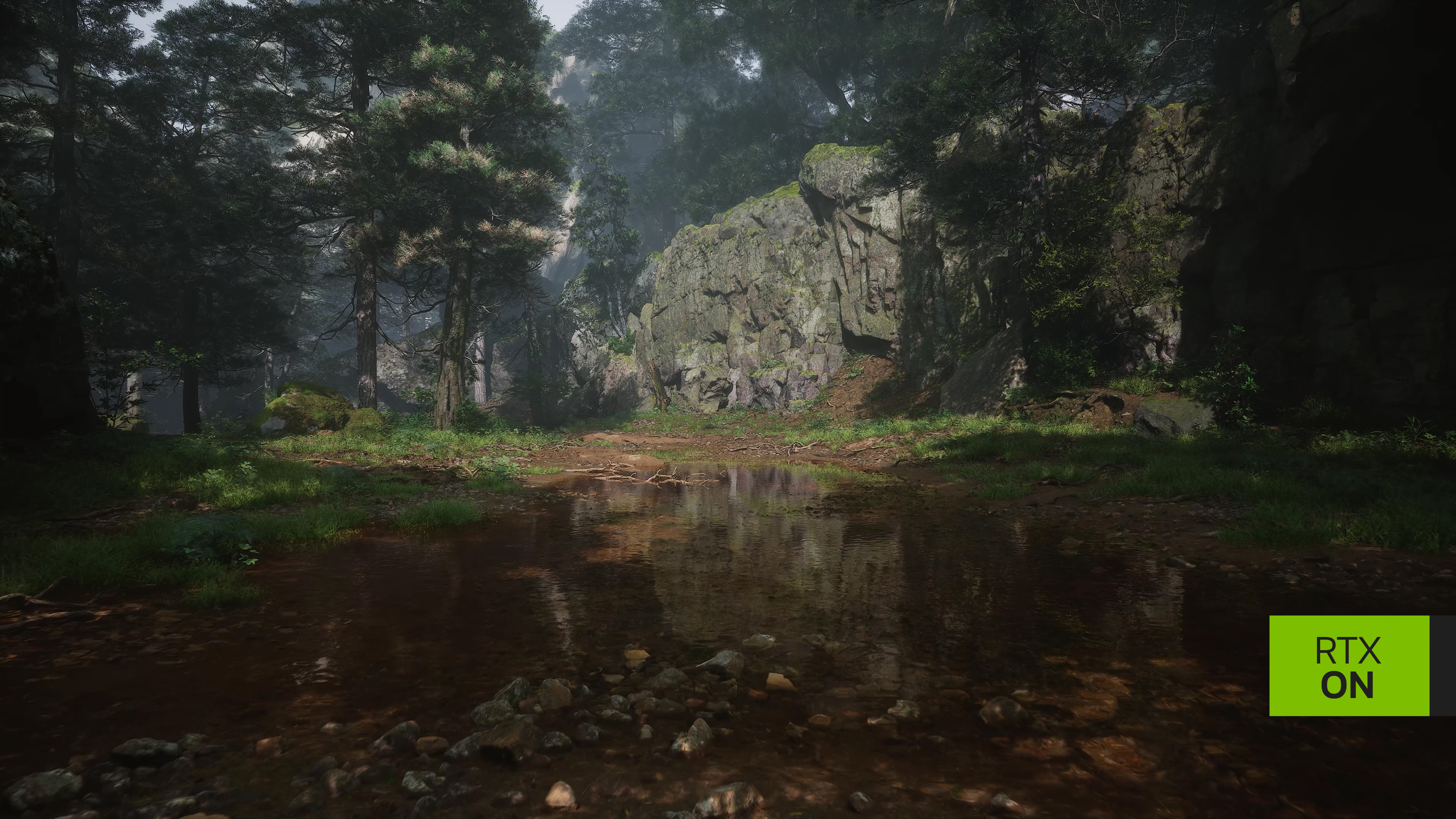
Why is ray tracing important?
Ray tracing is important because of its implementation in gaming and modelling software, thanks to the RTX 20 series (Turing) has enabled tech that was deemed too intensive to render in real-time a reality.
We've slowly seen the technology become more widespread as game developers and hardware manufacturers have better understood how to use it properly, as the early days of things were rough (not to mention expensive).
According to Nvidia, it's believed that over 500 games now have support for "RTX", which is its blanket terminology that rolls in DLSS, ray tracing, and the company's AI tech.
While not a strictly accurate figure, it's an indication of the way the gaming industry is going; it's now common for games to launch with ray tracing by default, and it's now considered anomalous if they do not.
Ray tracing was (arguably) the biggest USP for last year's PS5 Pro, backed by PSSR AI-upscaling tech, to bring what consoles can do closer to a lower mid-range PC.
Some games are now even launching with ray tracing on by default, meaning you'll need an Nvidia RTX, modern AMD, or Intel graphics card just to play them optimally.
We've seen this trend with titles such as Star Wars Outlaws, Assassin's Creed Shadows, Doom: The Dark Ages, and Indiana Jones and the Great Circle. In other words, you're going to have to become comfortable with the fact that it will one day become mandatory instead of a fun toggle for better lighting and shadows.
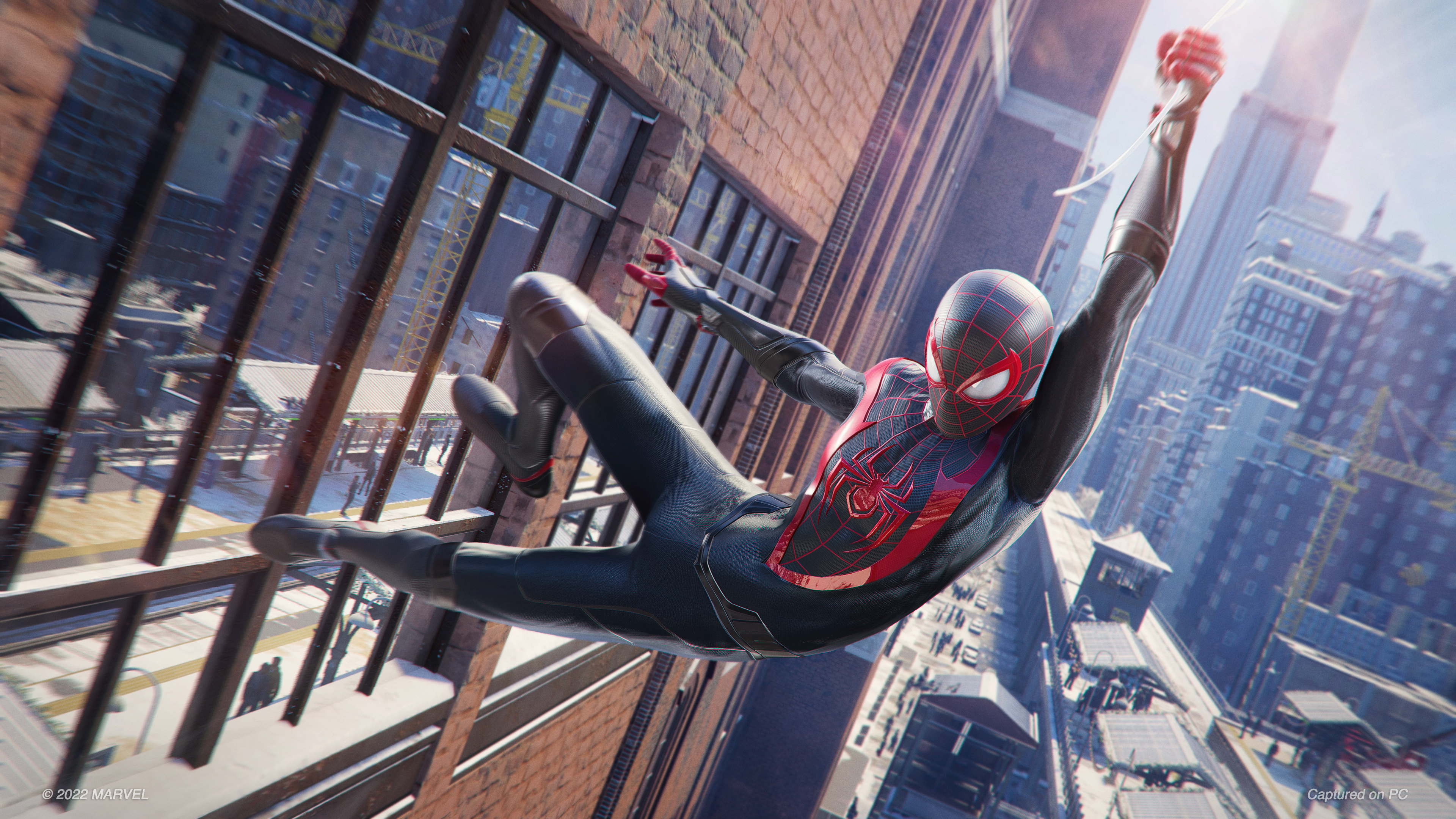
Why isn't ray tracing more widespread?
While we've seen a trend towards ray tracing becoming more prominent in today's games on PC and console, it's important to remember that the technology is still incredibly demanding.
As touched upon above, real-time ray tracing is only a possibility because of advancements made with AI-upscaling tech, such as Nvidia DLSS, AMD FSR, Intel XeSS, and Sony's PSSR, which downsample the picture and then use AI to blow it up to the target resolution.
This is how the PS5 can technically do 4K, and the same can be said for midrange GPUs like the RTX 5070 and RX 9070. Even on an RTX 5090, you'll see unplayable framerates if trying to run RT reflections and shadows without upscaling.
As such, ray tracing and AI-powered upscaling go hand-in-hand, which can be a lot to implement even for cheap graphics cards. The trade-off then becomes a lower resolution (even rendering at 720p and then upscaling to 1080p) to make it happen.
We're seeing the likes of dynamic resolution become a popular crutch as tech tries to keep up with the demanding software, so it's understandable that ray tracing isn't everywhere (yet).
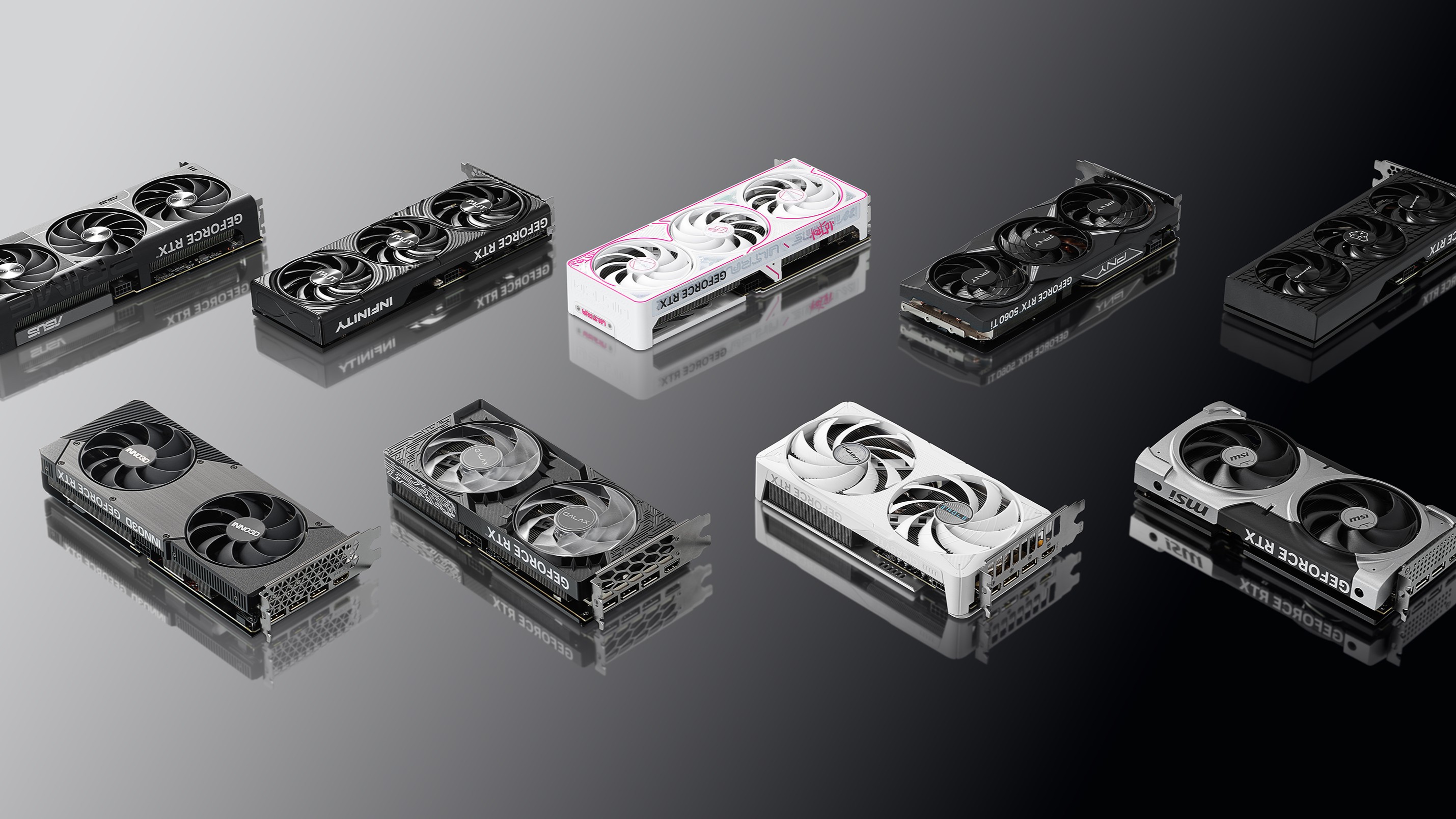
Which graphics cards support ray tracing?
Technically speaking, real-time ray tracing has been "supported" by graphics cards since 2018 with the launch of the RTX 20 series, but you won't get very far trying to push those Turing cards (and their slower GDDR6 memory and weaker CUDA core amounts).
You'll be okay with a lower-end RTX 30 series or RTX 40 series GPU, but ideally, you should try and get your hands on a newer (and more capable) RTX 50 series card.
Nvidia has had a bad habit of making advancements in its GPU technology generationally exclusive. For the RTX 40 series, it was Frame Generation (which interpolates AI-generated frames with traditionally rendered ones for a higher framerate than purely with DLSS alone.
Similarly, the RTX 50 series introduced Multi Frame Generation, which adds up to four times the performance of native rendering, but now AI generates three frames at the same time instead of one.
AMD has also fallen victim to this with the launch of its RDNA 4 graphics cards, like the RX 9070 and RX 9070 XT, which themselves have exclusive access to FSR 4, and its vastly improved image stability and quality with ray tracing.
While the RX 6000 and RX 7000 series were decent performers, they lagged behind Nvidia where ray tracing is concerned, and that's still the case with RDNA 4.
It's a similar story with Intel Arc Alchemist and Battlemage; both GPU generations are technically capable of ray tracing, but are far from ideal solutions even in 1080p with XeSS enabled.
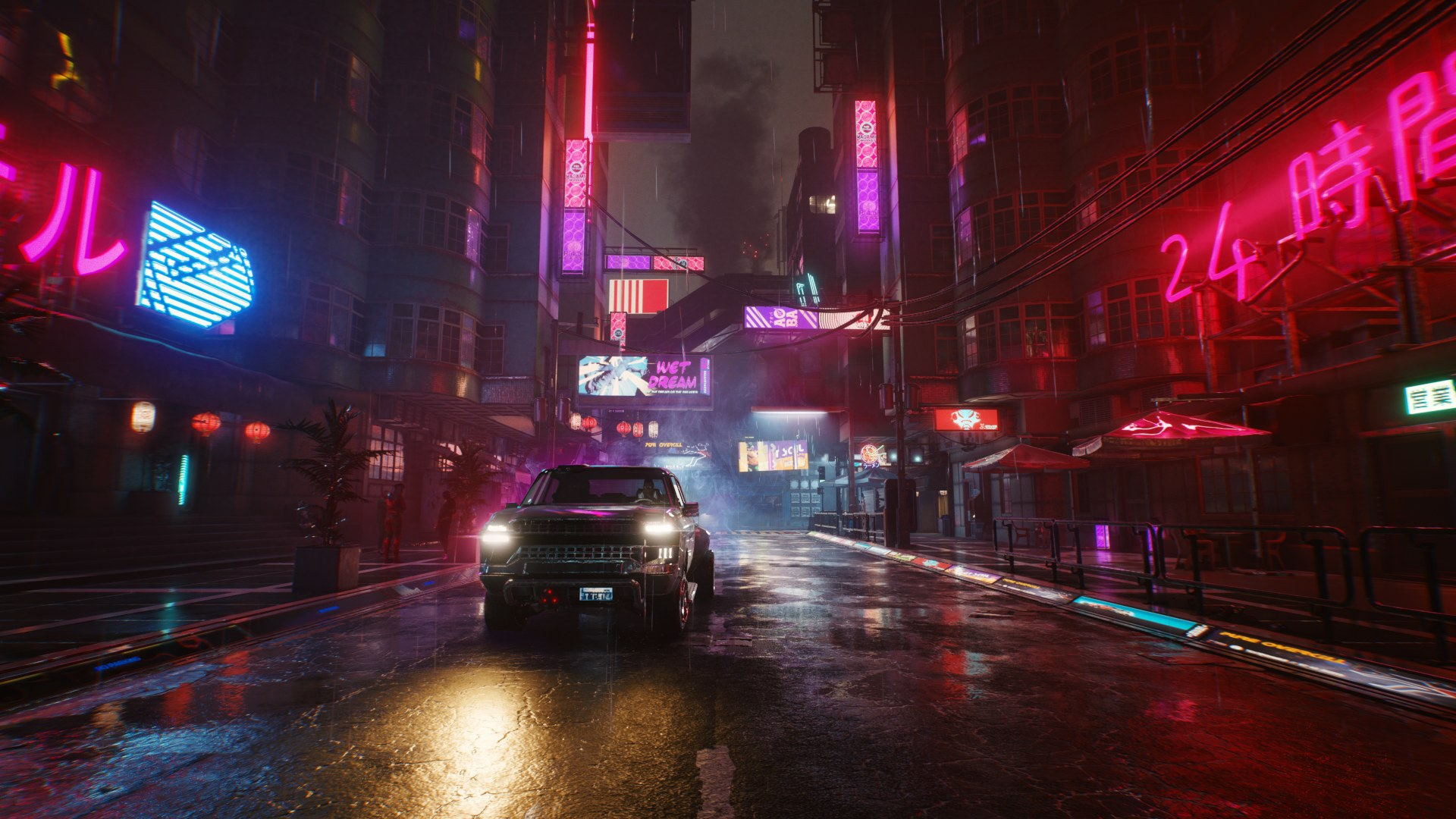
Final thoughts
Ray tracing can be incredible under the right circumstances, however, it's a technology that remains hardware-intensive, with its implementation not always making full use of the resources available.
In titles where it's fully embraced, it can be genuinely phenomenal for immersion, and the tech is now being required as standard in some big-budget games.
Sign up for breaking news, reviews, opinion, top tech deals, and more.
It's the trade-off for more realistic games with life-like lighting and effects; the hardware has to scale up, and AI upscaling is the crutch to make it happen.
You might also like

Formerly TechRadar Gaming's Hardware Editor, Aleksha McLoughlin is now a freelance writer and editor specializing in computing tech, video games, and E-commerce. As well as her many contributions to this site, you'll also find her work available on sister sites such as PC Gamer, GamesRadar, and Android Central. Additionally, more of her bylines can be found on Trusted Reviews, Dexerto, Expert Reviews, Techopedia, PC Guide, VideoGamer, and more.
- Allisa JamesComputing Staff Writer
You must confirm your public display name before commenting
Please logout and then login again, you will then be prompted to enter your display name.